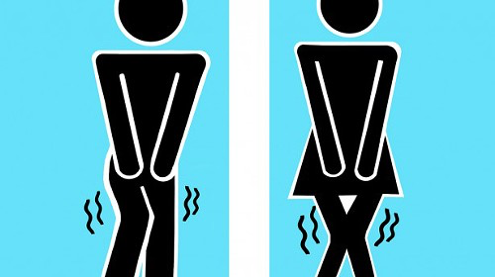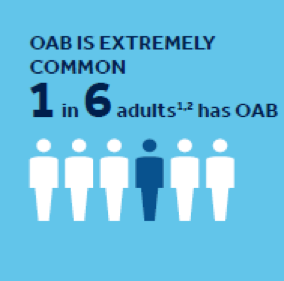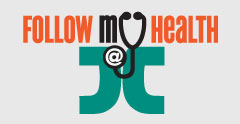Overactive Bladder (OAB)
Overactive bladder may present with the following symptoms and can be present in both men and women:
- Urinary Urgency – Rushing to the restroom to urinate
- Urinary Frequency – Urinating very often
- Nocturia – Urinating multiple times at night
- Urge incontinence – Leakage of urine while rushing to the restroom
- Bladder spasms – Pain or feeling of the urge to urinate when the bladder is empty


Treatments
First line treatments for OAB are typically behavioral changes. Most men and women with OAB have tried behavioral changes by the time they see a practitioner about OAB. Medications commonly prescribed for OAB include the following:
- Ditropan® (Oxybutynin)
- Detrol® (Tolterodine)
- Enablex® (darifenacin)
- Vesicare® (Solifenacin)
- Toviaz® (Fesoterodine)
- Sanctura® (Trospium)
- Mybetriq® (Mirabegron)
Although most patients see significant improvement with these medications, many stop taking the medications due to side effects or they simply do not help their OAB. Patients who fail two medications or are unable to tolerate the medications due to side effects are candidates for sacral neuromodulation Interstim® or Bladder Botox®.
Almost all patients can be helped by one of the above mentioned options.
